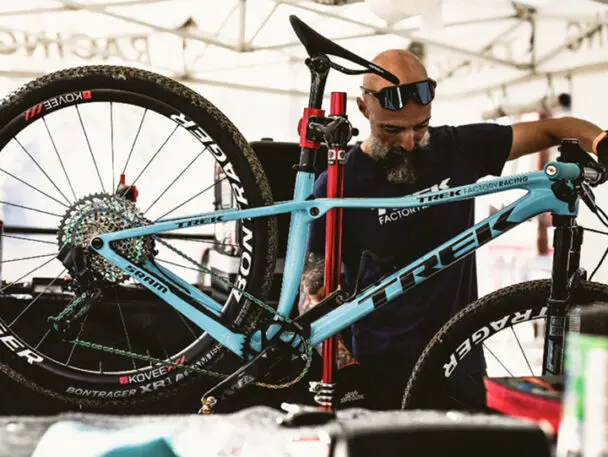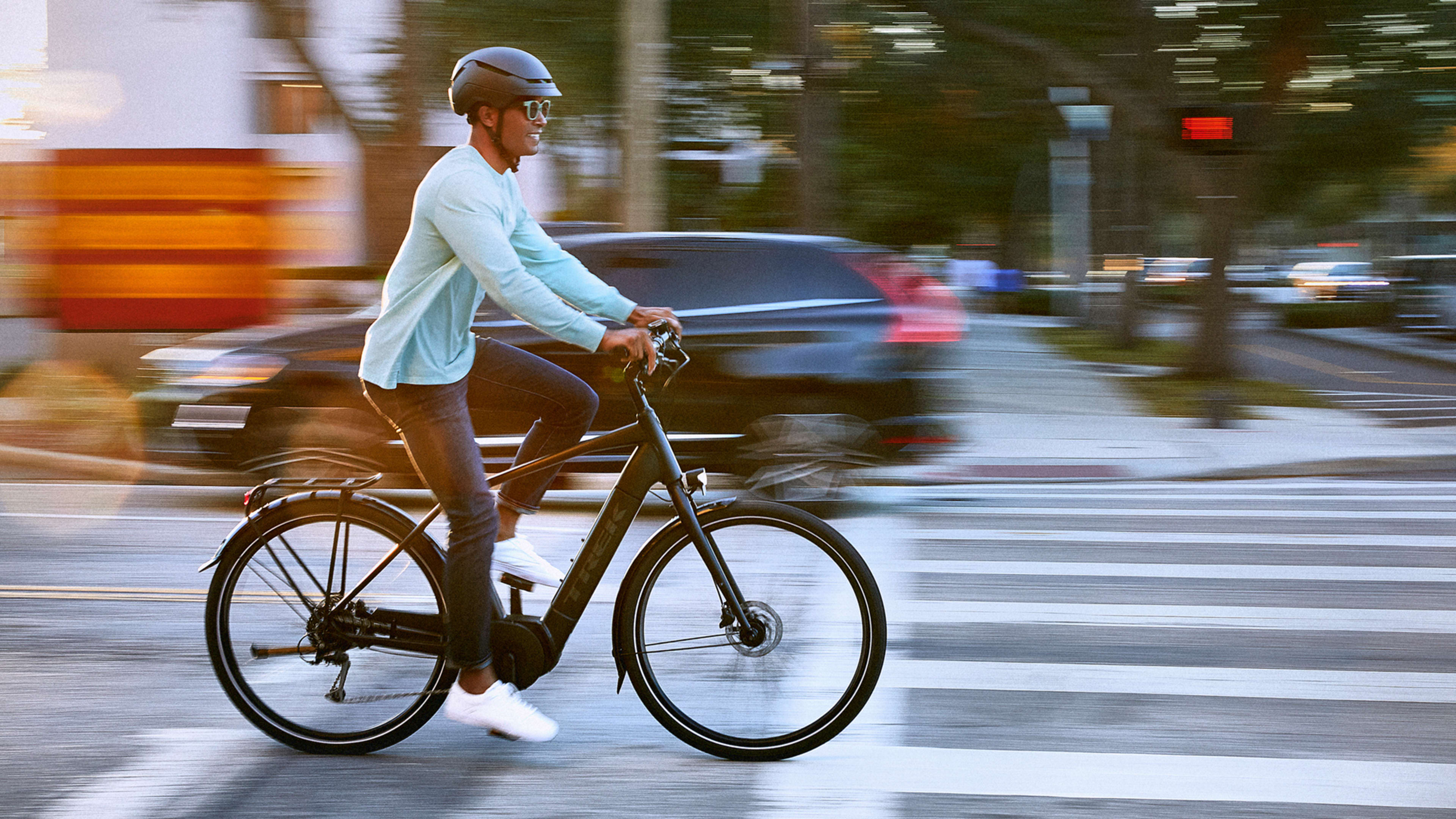If you happen to have an old, unused Trek bike sitting in your garage, Trek wants it back. In a large red barn in the Wisconsin town where the company first started making bikes in 1976, a team of mechanics is now refurbishing old bikes that will soon be sold online.
“What we’re trying to do is just extend the usable life of that bike,” says Eric Bjorling, Trek’s brand director. In many cases, that might require only simple maintenance.
As transportation options go, bikes already have a comparatively tiny carbon footprint. But to offset the emissions from manufacturing the bicycle, you’d need to ride it around 430 miles, replacing trips where you normally would have driven. (For an electric bike, that number is higher.) By convincing more people to buy secondhand bikes, Trek can make it more likely that each bicycle gets as many miles on the road as possible.
It’s the latest of a long list of companies to enter the resale market, from Patagonia to Ikea. But it’s the first bike brand to start a refurbishment program, which they’re calling Red Barn Refresh.

When consumers bring back old two-wheelers to their local bike shop, they’ll get a credit for the Bicycle Blue Book value that can be applied to a new bike. Trek will collect the old bikes to ship in batches to its repair facility, and then will put the bikes through a 151-point inspection program before packing them up to resell under warranty. The bikes will be sold on the company’s website, where the selection will continuously change, beginning next month.
Of course it’s not uncommon for bikes to be resold locally. But having the refurbished bikes prominent on Trek’s website, and having the warranty from the brand, might convince some consumers who otherwise would have bought something new.
It’s one way for the company to cut its carbon footprint, the vast majority of which comes from manufacturing. “We’re starting to work on audits of our entire supply chain to find out exactly where we can make the biggest difference,” Bjorling says. Better materials can help, he says, like aluminum made with renewable energy.
The company doesn’t plan to buy carbon offsets, a tool that’s often questionable. “Nobody could really give us a clear answer” on how offsets would perform, Bjorling says. Instead, the team is focused on cutting emissions directly and supporting programs like trail projects through its foundation, which “can have a much much more direct and measurable impact,” he says. “We can keep score on ourselves, hold ourselves accountable, and make sure that we’re actually doing what we need to.”
Correction: This story has been updated with details about the trade-in credit.
Recognize your brand’s excellence by applying to this year’s Brands That Matter Awards before the early-rate deadline, May 3.
